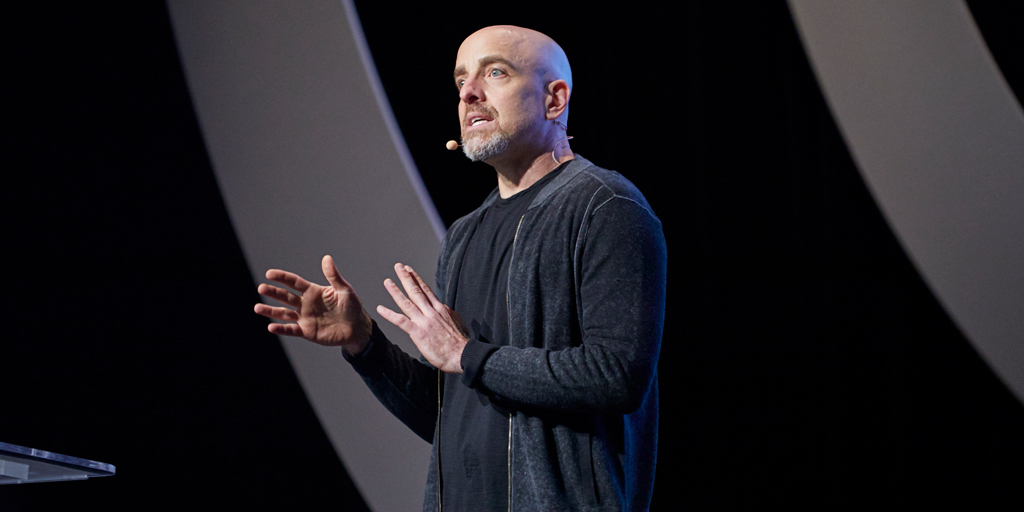
How (And Why You Need) to Kill Your Idea
We’re closing out our recap of the ENT 101 series with what may seem an unexpected finale. After showing you how to perfect your pitch, scale for success, and raise capital, we’re going to teach you how to kill your idea.
In a lot of ways, this is about failure—and how to avoid it. According to an analysis by the machine intelligence platform, CB Insights, of startup failure, the biggest reason that startups went under was lack of a market need. Seems straightforward enough. Without interest in what a company offers, just about any organization would go under.
But the hard part isn’t understanding that bad ideas fail. The real challenge comes when you ask yourself: how do you know if your idea is good or bad?
During Chicago Ideas Week, Brad Keywell, Founder & Chairman of Chicago Ideas and Founder & CEO of Uptake, shared his insights into the idea-crafting process, offering members of the audience a framework for figuring out how to put their ideas to the test (before bringing it to market). Here’s how to kill your idea, according to the lifelong entrepreneur.
Start with Failure
Here’s where most entrepreneurs go wrong: their idea becomes a matter of life or death.
This is how failure grips (and suffocates) your work; let’s call it the trap of “and then.” If I don’t succeed, then I will look like a fool. And then no one will take me seriously. And then I won’t be able to start over again. And then I will become chronically anxious and depressed. And then my friends will get sick of me and stop talking to me. And then I will never get a job again. And then my family will leave me. And then I will die alone, starved of hunger and affection.
What drives us forward in our work is a fear of failure and the implicit series of decaying circumstances that failure arouses. But this can also blind us to solutions and prevent us from testing our ideas rigorously. What you need to do is stop starting under the assumption that your idea is correct. Start from failure.
In doing so, you keep a healthy distance between you as a person and your idea. Because it’s wrong, you have to go through the motions of proving how this idea you have come across, this false idea, this idea in crisis, is not right, but maybe it could be. Start here and you give yourself room to be successful (because your task is just to put the idea through the ringer) even if your idea isn’t.
Collaborate Better
So your idea is wrong. No big deal. You’ll just work with it by yourself until it’s ready to bring to the world.
And then you’ll fail again.
It’s almost become the natural instinct among entrepreneurs that you need to tell people your ideas. That your task is convincing the world of the necessity of what you’re trying to do.
But in doing so you strip yourself of the chance to be wrong. When you miss out on being wrong, you miss out on learning, and potentially discovering some aspect of your idea that could be improved.
So instead of proposing at other people, propose your idea with them. Ask them questions. Pose the scenario in which your idea would thrive and see how they create solutions under those conditions. When you don’t tell people why you’re right, they don’t have to feel that they are wrong.
More importantly, though, you expose your idea to perspectives that are different from yours, and in doing so help breathe more life into your idea.
Make Mental Models
We’re going to let you in on a secret: you need a process.
As much as failure comes from assuming too early one that you had an incredible idea, Keywell reminded audiences that failure also comes in not working out the kinks with intentional and focused rigor. So how do you reckon with that?
Keywell turns to mental models: systematic ways of approaching phenomenon in the world in order to make sense of it. These are usually represented visually as thoroughly plotted diagrams that demonstrate the relationship between things out in the world. You can have mental models for everything. How to make money through blogging, how to find the best food in a city, even how to make mental models.
By systematically mapping the ecosystem in which your idea is going to thrive, you understand more clearly the various stresses you need to consider. More than this, though, it provides you with a tactile blueprint for testing your idea, showing places where data is vital, where patterns are emerging, and where solutions are necessary.
When you start from a place of failure, you put yourself in a position to work out what success actually looks like. Further, you take the pressure off. You’ve already failed. This idea probably is worthless. Now you probably aren’t so desperate to attach yourself to it, to see its success as constitutive of your success. In that scenario, you’re not just liberated to put your idea through its paces—you’re empowered to.




